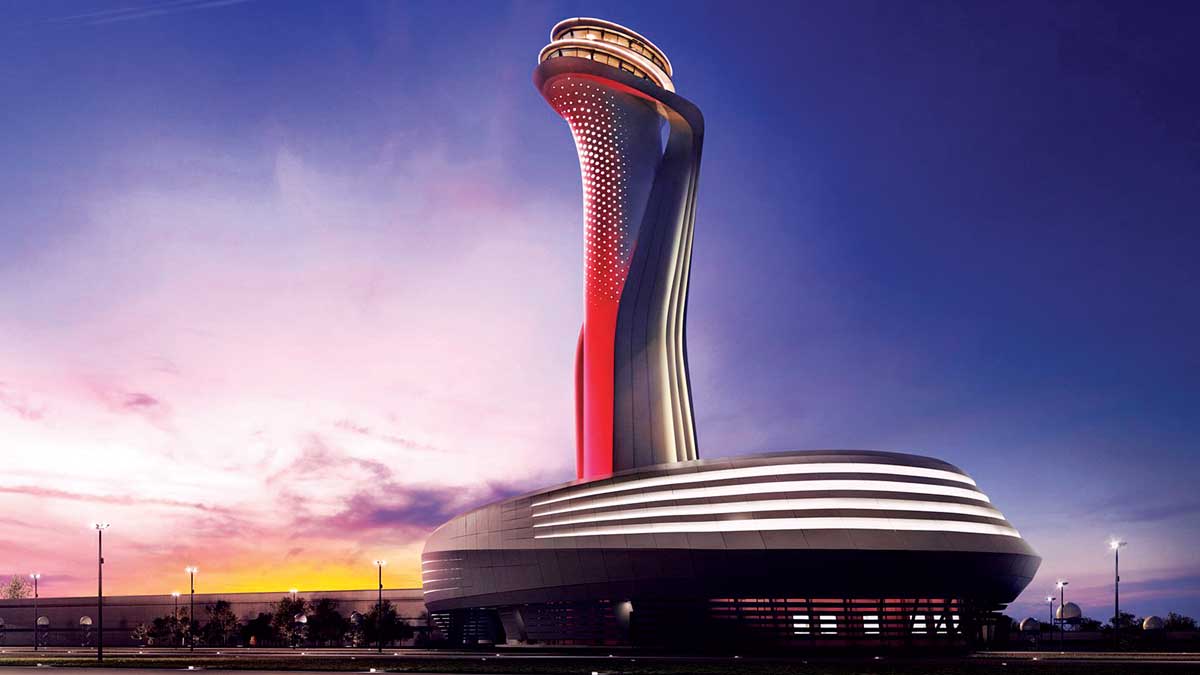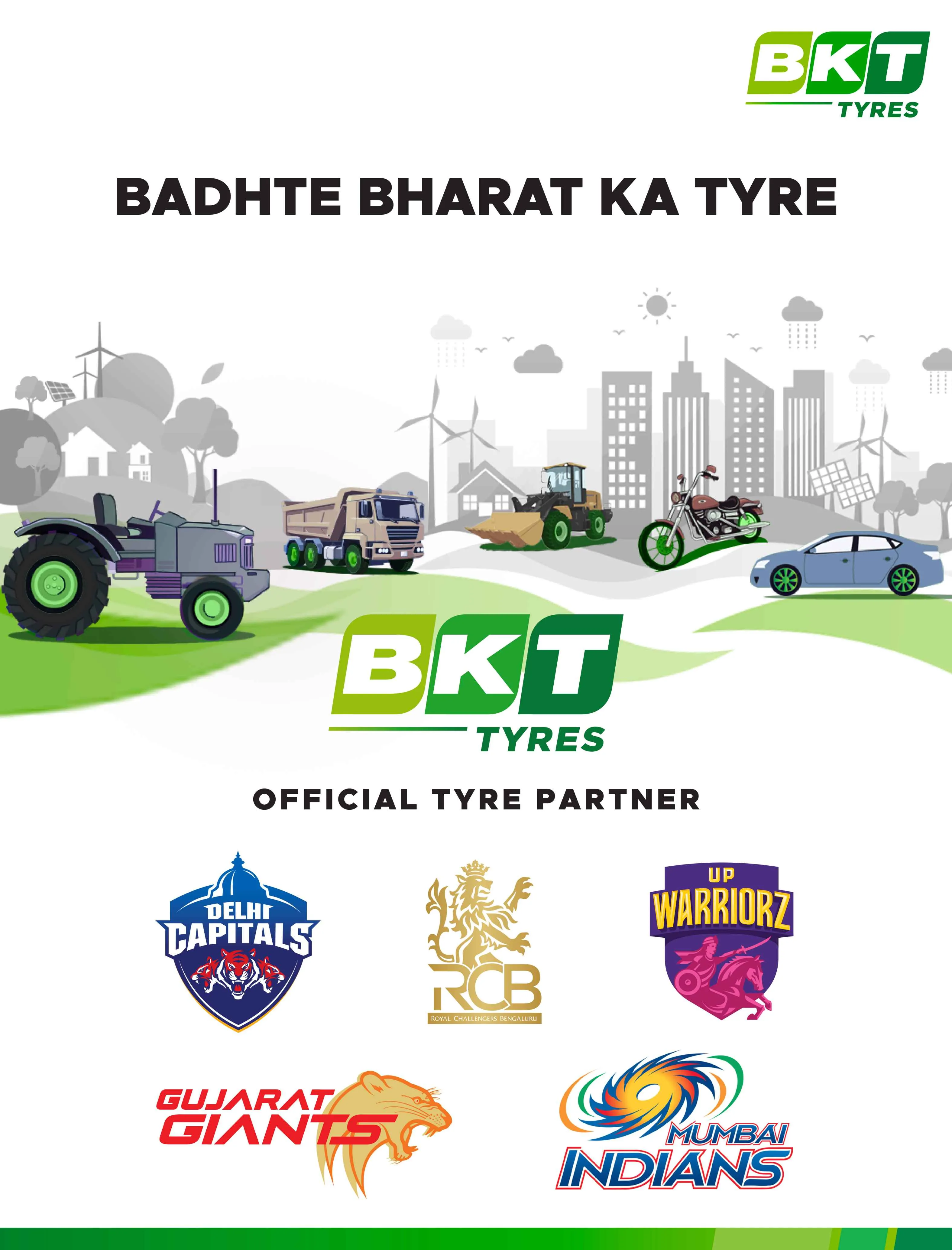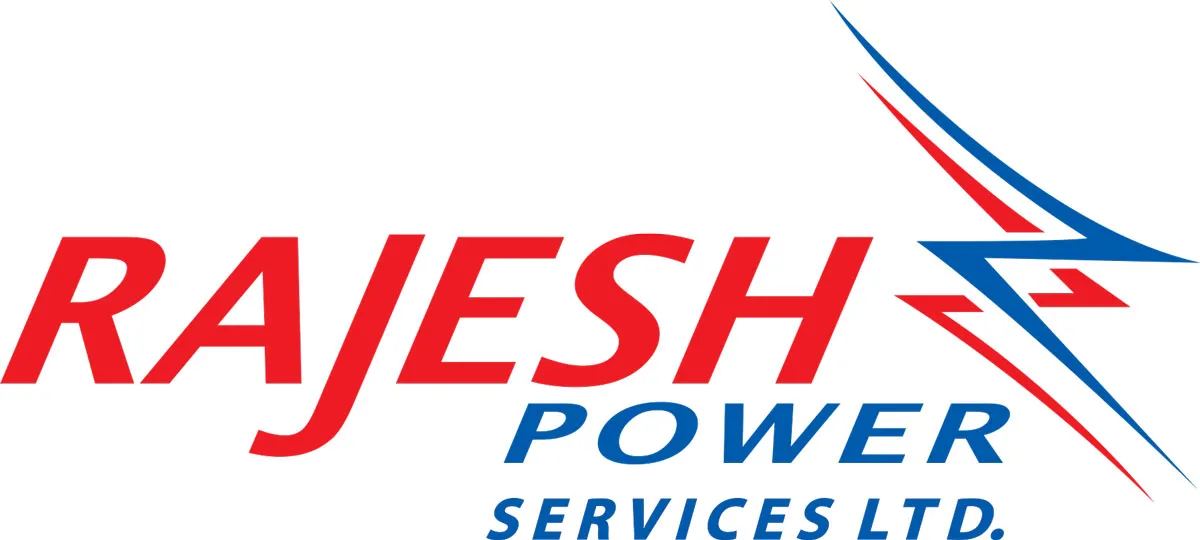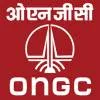A recent news report highlights that the market for short-haul flights is diminishing due to the advent of faster trains and improved roads, resulting in reduced travel times. This development is advantageous for several compelling reasons.
To begin with, short-haul flights may not offer significant time savings when considering the time required to access airports in most urban areas. The term short-haul for flights is determined by comparing the total travel time via air, road, or rail. This encompasses not only the actual travel time from departure to arrival but also the time needed to reach the departure terminal from one's home or workplace, the boarding process, disembarkation at the destination, and navigating to the final destination. Traveling by car can simplify reaching your destination, as it often avoids congested city centres.
Such comprehensive time comparisons make many short-haul flights less appealing compared to road or rail travel, even for those for whom cost is not a primary consideration.
Secondly, the overall cost is often higher in many cases due to the practical economics of operating airlines. Those who factor in cost would be inclined to balance the additional time required for surface transportation with the premium included in airfares. Currently, airfares reflect the scarcity of planes in Indian fleets, with around 75 planes grounded for various reasons. This scarcity of planes and pilots inflates flight costs beyond what they should be, artificially enhancing the cost competitiveness of surface transport. Consequently, the attractiveness of surface transport may be temporary.
Nevertheless, it makes sense to expand surface travel capacity by appropriately pricing fares and reinvesting surpluses generated from train and bus tickets.
Lastly, the hidden and less evident costs of air travel are substantial. The environmental impact of air travel, such as global warming, is not factored into current airfares. If such costs were incorporated, the motivation to bolster surface transport would intensify. India is committed to significantly reducing the carbon footprint of its economic activities. Cleaning up road and rail transport is conceptually simpler than addressing aviation and shipping. Trains and cars can be powered solely by electricity, and green hydrogen, generating electricity through fuel cells, is another option for cars and buses.
Planes and ships cannot rely on large electric batteries for their long-distance journeys without significantly compromising payload capacity. Until synthetic fuels, including biofuels, become mainstream or technological breakthroughs reduce reliance on fossil fuels for aviation and shipping, substituting planes and ships with road transport will be more beneficial for the climate.
To promote the ongoing shift from aviation to surface transport, the government can take several measures. Enhancing road quality and reducing traffic interruptions on major routes through flyovers and turnpikes are two effective approaches. Installing charging infrastructure for the growing number of electric vehicles along road networks is another.
Innovative solutions can also play a role. Consider two locations that can be connected by an overnight train journey. If the train offers comfortable sleeping accommodations and the destination station provides clean and convenient facilities for passengers to freshen up, surface travel becomes even more competitive with air travel. Travellers can conduct their business during the day and return home on the next overnight train.
The objective should not be to discourage air travel. India spans vast distances, not only between states but also within states. The availability of air travel should be expanded by constructing more efficient airports, operating regional flights, and establishing additional regional hubs.
While aviation facilities and opportunities expand, the aim should be to optimise resource utilisation in transportation by allowing different modes of transport to compete in terms of time and cost.
With the growing number and frequency of Vande Bharat trains, attention should be paid to distributing maintenance and repair facilities across the country, wherever these trains operate. Track maintenance and the quality of signalling systems are also vital for ensuring the safety of train travel.
By optimising safety, comfort, and costs for all modes of travel, travellers can make the most efficient use of their resources.




















